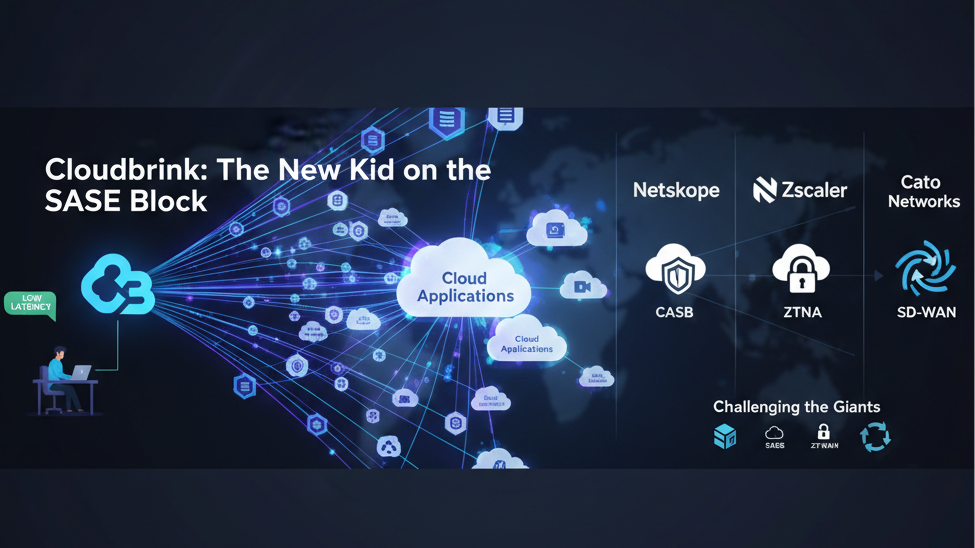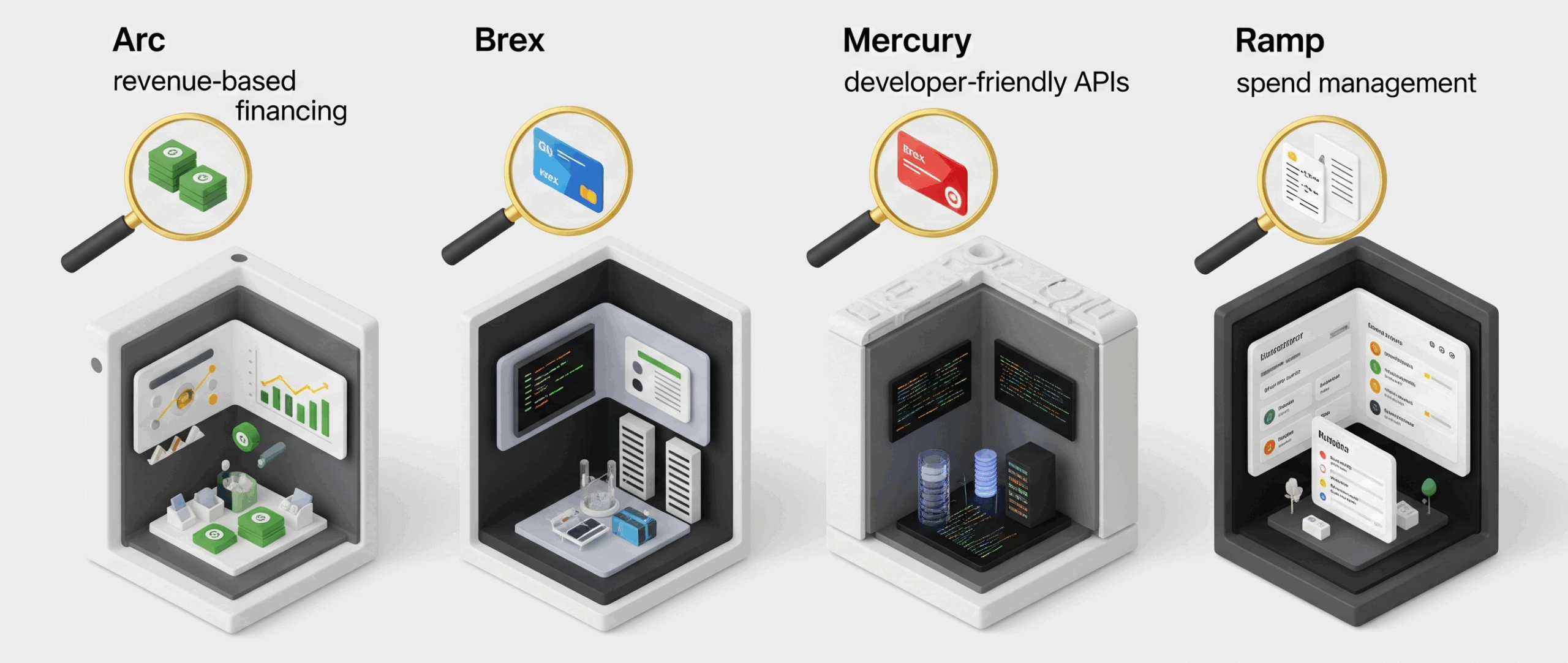For anyone interested in the Financial Independence, Retire Early (FIRE) movement, there are a number of highly recommended books that provide both philosophical guidance and practical steps. These books cover a range of approaches, from aggressive saving and extreme frugality to more balanced, long-term strategies.
Here are some of the most popular and influential books on financial independence and early retirement
Your Money or Your Life
by Vicki Robin and Joe Dominguez:
A foundational book of the Financial Independence, Retire Early (FIRE) movement. Its core philosophy isn’t just about saving money, but about a fundamental shift in your relationship with it. The book argues that you are trading your “life energy”—your time and vitality—for money. Therefore, every purchase is an exchange of your life for an item or experience.
The book outlines a nine-step program to achieve financial independence. The main principles include:
- Viewing Money as “Life Energy”: This is the central concept. The book teaches you to calculate your “real hourly wage” by including all work-related costs like commuting, work clothes, and stress. This makes you see that an item’s true cost isn’t its price tag, but how many hours of your life you had to work to earn it.
- Tracking Every Penny: The first step is to track every dollar that comes in and goes out. This builds an awareness of where your life energy is being spent.
- The Fulfillment Curve: The book introduces a curve showing that happiness and fulfillment increase with spending up to a certain point. Beyond that point, additional spending provides diminishing returns and can even lead to clutter and stress. This helps you identify what your “enough” point is.
- The Crossover Point: The ultimate goal is to reach a point where your passive income from investments exceeds your monthly expenses. When your passive income can cover all of your living costs, you have reached financial independence and are free to choose whether or not to continue working.
The book is less of a tactical guide to investing and more of a philosophical framework for rethinking your consumption habits and aligning your spending with your core values. It provides practical exercises and reflection questions to guide you toward a more intentional and fulfilling life.
The Simple Path to Wealth
by J.L. Collins:
The Simple Path to Wealth by J.L. Collins is a highly-regarded book in the personal finance and FIRE (Financial Independence, Retire Early) communities. It originated from a series of letters the author wrote to his daughter about money and investing. The book’s core message is that building wealth doesn’t have to be complicated. In fact, he argues that simplicity and consistency are the most powerful tools.
Core Principles
The book boils down to three main principles:
- Spend less than you earn. This is the foundational rule. By living below your means and consistently saving a portion of your income, you create a surplus that can be invested. Collins emphasizes that a high savings rate is the most critical factor in achieving financial independence, far more so than a high income.
- Avoid debt. Collins considers most debt, especially consumer debt, to be a “crisis” and a major obstacle to building wealth. He argues that the interest you pay on debt works against you and that your first priority should be to pay off all debt before you begin investing.
- Invest the surplus. Once you have a surplus and are debt-free, the book advocates for a remarkably simple investment strategy. Collins recommends investing in low-cost, broad-market index funds like the Vanguard Total Stock Market Index Fund (VTSAX) or its ETF equivalent (VTI). He argues that trying to “time the market” or pick individual stocks is a losing game for most people and that a diversified, low-fee index fund will outperform the vast majority of active fund managers over the long term.
Early Retirement Extreme
by Jacob Lund Fisker:
Early Retirement Extreme by Jacob Lund Fisker is not a typical personal finance book; it’s a philosophical and strategic guide to a radical form of the FIRE movement. The book’s core premise is that the path to financial independence is not primarily about earning more, but about drastically reducing your expenses to the point where you no longer need a traditional job.
Core Philosophy
The book frames the problem of modern life as a cycle of consumerism where people work to earn money to buy things, which often don’t truly bring happiness, and in turn require more work to maintain. Fisker’s solution is a “systems approach” to lifestyle design, focusing on efficiency, self-reliance, and a deep understanding of your true needs.
Key concepts and takeaways include:
- Extreme Savings Rate: The book’s most well-known idea is that by living on a fraction of your income, you can achieve an extremely high savings rate—often 50% to 75% or even higher. At this rate, financial independence can be achieved in as little as 5 to 10 years, rather than the traditional 30-40 years.
- The Renaissance Man: Fisker advocates for becoming a “Renaissance man” or polymath—someone with a diverse set of skills rather than a single, specialized one. By learning practical skills like home repair, cooking, and gardening, you can reduce your reliance on the consumer economy and save a significant amount of money. This also makes you more resilient and adaptable to economic changes.
- Anticonsumerism and DIY Ethics: The book goes far beyond simple frugality. It encourages a rejection of consumer culture and the habit of buying things to solve problems. Instead, it promotes a “Do It Yourself” (DIY) ethic. The idea is to become the master of your stuff and your life, rather than being a slave to it.
- Financial Independence as a State of Being: Fisker doesn’t view financial independence as merely a financial metric. It’s a state of being where you have total control over your time and can pursue meaningful activities without the need to work for a paycheck. The book posits that this freedom is a more valuable form of wealth than a large bank account.
- Investing is the Result of a Different Lifestyle: Unlike books that focus heavily on investment strategies, Early Retirement Extreme treats investing as a natural consequence of the lifestyle. Once you’ve drastically cut your expenses, you’ll have a surplus of cash to invest. The book recommends a simple, conservative investment strategy, as the high savings rate is the primary driver of success.
In summary, Early Retirement Extreme is a challenging and philosophical read that pushes readers to question deeply held societal norms about work, consumption, and happiness. It’s a manual for building a resilient, self-sufficient, and intentional life, with early retirement as a byproduct of that intentionality. It’s not for everyone, but for those willing to embrace its radical ideas, it provides a powerful roadmap to a different kind of freedom.

Early Retirement Extreme: A philosophical and practical guide to financial independence
Quit Like a Millionaire
by Kristy Shen and Bryce Leung:
a relatable and practical guide to the Financial Independence, Retire Early (FIRE) movement. The book is distinct because it is based on the authors’ own journey, chronicling how they went from a traditional middle-class life to retiring in their early 30s with a $1 million portfolio and traveling the world.
Key Concepts and Takeaways
The book blends personal anecdotes with a no-nonsense, math-based approach to financial freedom. Here are some of its main ideas:
- Poverty as a Superpower: Kristy Shen shares her story of growing up in extreme poverty in rural China. She argues that this experience gave her a “scarcity mindset” which, far from being a negative, became a powerful tool for her financial success. This perspective taught her to value every dollar, avoid waste, and be resourceful.
- “Follow the Math, Not Your Passion”: A controversial but central idea is that for many people, especially those without a financial head start, choosing a career based on pure passion can be a mistake. The book suggests prioritizing a career with a strong earning potential to build a solid financial foundation first. Once financially independent, you have the freedom to pursue your passions without the pressure of needing them to pay the bills.
- The “Yield Shield” and “Cash Cushion”: The authors introduce their own strategies for mitigating “sequence of returns risk”—the danger of a market downturn early in retirement. The Cash Cushion is a stash of cash or cash equivalents (like high-yield savings accounts) that can cover living expenses for several years. This allows you to avoid selling off investments at a loss during a bear market. The Yield Shield is a strategy to temporarily shift a portion of your portfolio into high-yield assets (like dividend stocks or preferred shares) during a downturn to generate income and avoid selling principal.
- Renting vs. Owning a Home: Shen and Leung challenge the conventional wisdom that buying a home is always the best financial decision. They provide a detailed analysis of the hidden costs of homeownership (mortgage interest, property taxes, maintenance, etc.) and argue that for many people, especially those with FIRE goals, renting and investing the difference can be a much more profitable and flexible choice. They use a metric called the “Rule of 150” to help readers decide.
- Geographic Arbitrage: A significant part of the authors’ strategy for making their money last is traveling the world and living in places with a lower cost of living. This practice, known as geographic arbitrage, allows their money to go further, making early retirement more feasible on a smaller portfolio.
In essence, Quit Like a Millionaire provides a refreshingly candid and practical guide to the FIRE movement, offering actionable strategies and a dose of reality that separates it from some of the more theoretical personal finance books. It’s especially valuable for those who feel intimidated by complex investing and are looking for a clear, reproducible plan.

Quit Like a Millionaire: No Gimmicks, Luck, or Trust Fund Required





